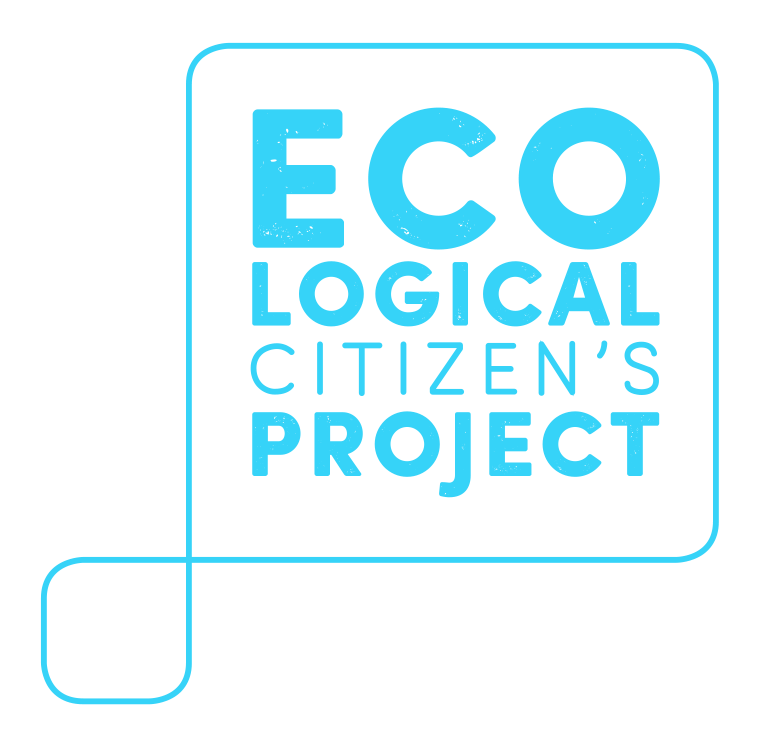Creating Commons: Discovery and First Steps
Over the past few months, many posts in Facebook groups I belong to have been crowded with the devastating reality of the homelessness crisis that has spread throughout Westchester. I’ve lived in Mount Kisco for most of my life and this problem has been debated in the town for as long as I can remember. In the past year though, I’ve noticed a sharp increase in the number of people living without shelter, and the news coverage surrounding the issue has increased massively.
Although this problem is not easily solved, solutions must be enacted, including the creation of a public food garden in our town. The residents of my town have a range of economic privileges, with some dwelling in mansions, some in apartments, and some camping out in the woods. The upsetting truth is that only some have access to fresh, locally-grown produce. Aware of the disparities that grow from social structures where some only have access to inadequate housing, let alone food, I’ve realized how beneficial the addition of a town-run garden would be to our community.
Public food gardens fall under the umbrella of urban agriculture, which includes many agricultural practices in urban spaces. According to the National Agricultural Library, “Urban agriculture allows for the development of a variety of environmental, economic, and social benefits to the surrounding communities.” Often, these gardens will be located in the center of cities, utilizing small plots of land to grow bountiful and vibrant harvests. Urban farming is a necessary part of the food systems in the US, and urban gardens in particular have the power to support the nutrition of large communities.
One of the primary ways that the Ecological Citizen’s Project promotes sustainable agriculture and care for the individual is by founding and maintaining public food gardens throughout Westchester County. Public food gardens are located on public land, where members of the community grow food together, and the food is then open for members of the surrounding communities to take. In the ECP’s case, their gardens are built in city parks. Often, the gardens will host community events and provide food to food banks and pantries. When I first visited the Peekskill Regeneration Farm on a service trip with my students, I was taken aback by the model and how deeply accessible the food was to the community. Not only does the farm provide the community with fresh free food, but the land is an important part of the city, by providing a joyful and safe place for people to gather and explore a more intentional, slowed-down lifestyle. This also allows for a decolonized way of living, connecting people with a non-capitalist or corporatized way of gaining and consuming food.
There are other urban garden models, such as community gardens, which are volunteer-led. Everything grown belongs to the group tending to the land, and the garden itself is usually split amongst different people who are responsible for their small sections. Though a valid approach that meets the needs of the communities benefiting from the land, overall the structure doesn't solve most of the food distribution issues that come with poverty. Public food gardens, on the other hand, supply whole communities with food, and anyone who needs food can go harvest crops themselves. The ECP has paid stewards who care for each plot of land, which ensures that the gardens are always cared for and thriving.
As we face the challenge of overcoming food insecurity, we must push these models, and the idea that all people deserve access to food. Everyone holds responsibility for achieving these goals as a collective society. Throughout these articles, I’m going to document my attempt at getting land from the town of Mt. Kisco, to establish a Public Garden- almost a how-to guide on the process. I anticipate that the process will be long, packed with challenges, and full of difficult conversations with the town’s leadership. As I navigate this path, I will be interviewing multiple people on process, and their experiences managing public food gardens throughout the state.
If all goes well, I envision a space that provides local free fresh produce for the town’s residents and a community space where individuals can learn about agriculture, the processing and distribution of food, and food sovereignty. I’m hoping that similar to the Peekskill Regeneration Farm, the garden will be able to provide people with the education required to grow their own food and provide for themselves and their families, skills that all people have a right to. I hope that you’ll join me on this journey to create a more productive, sustainable, and comprehensive food system in Mount Kisco.


